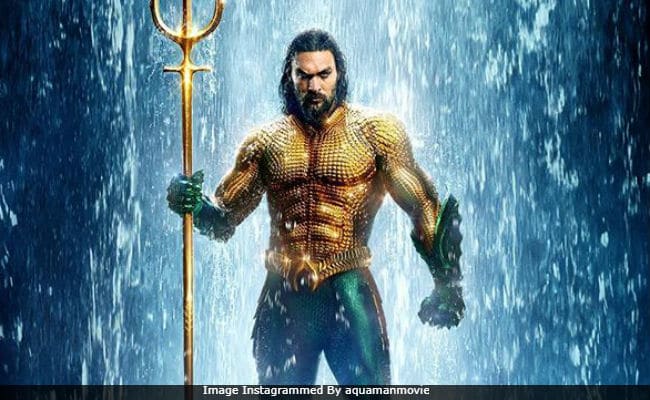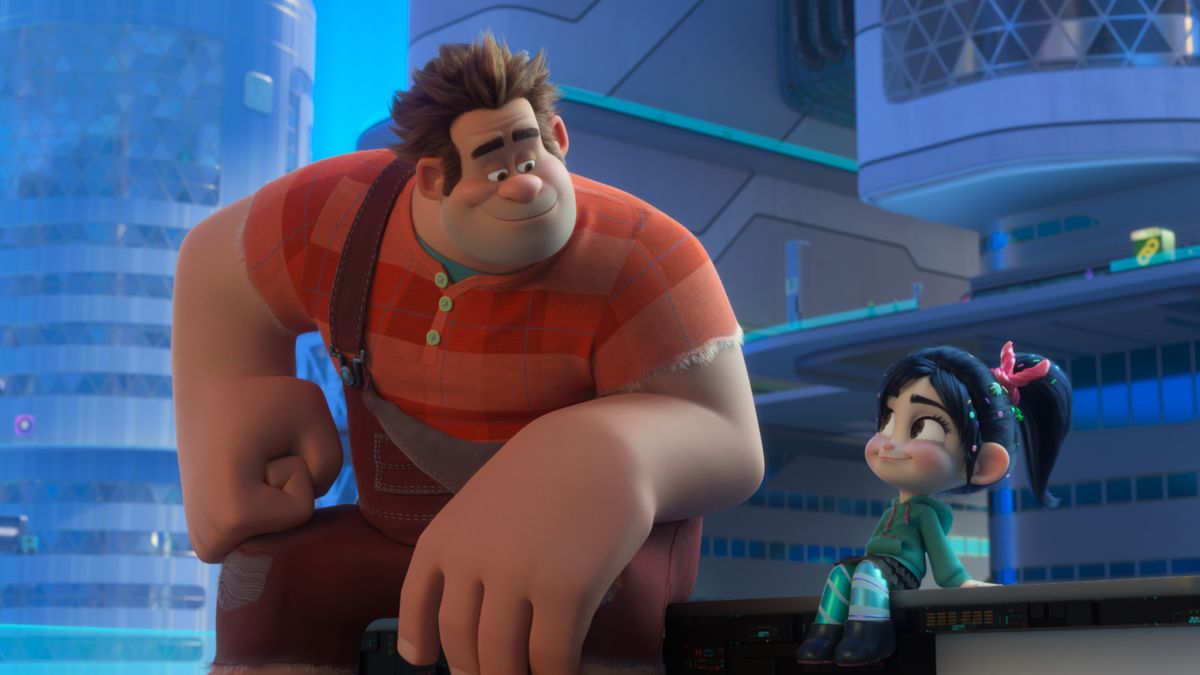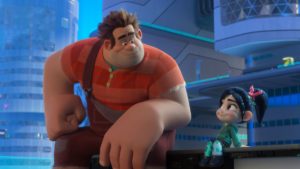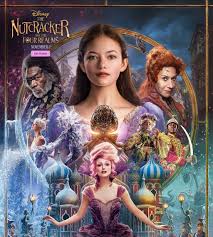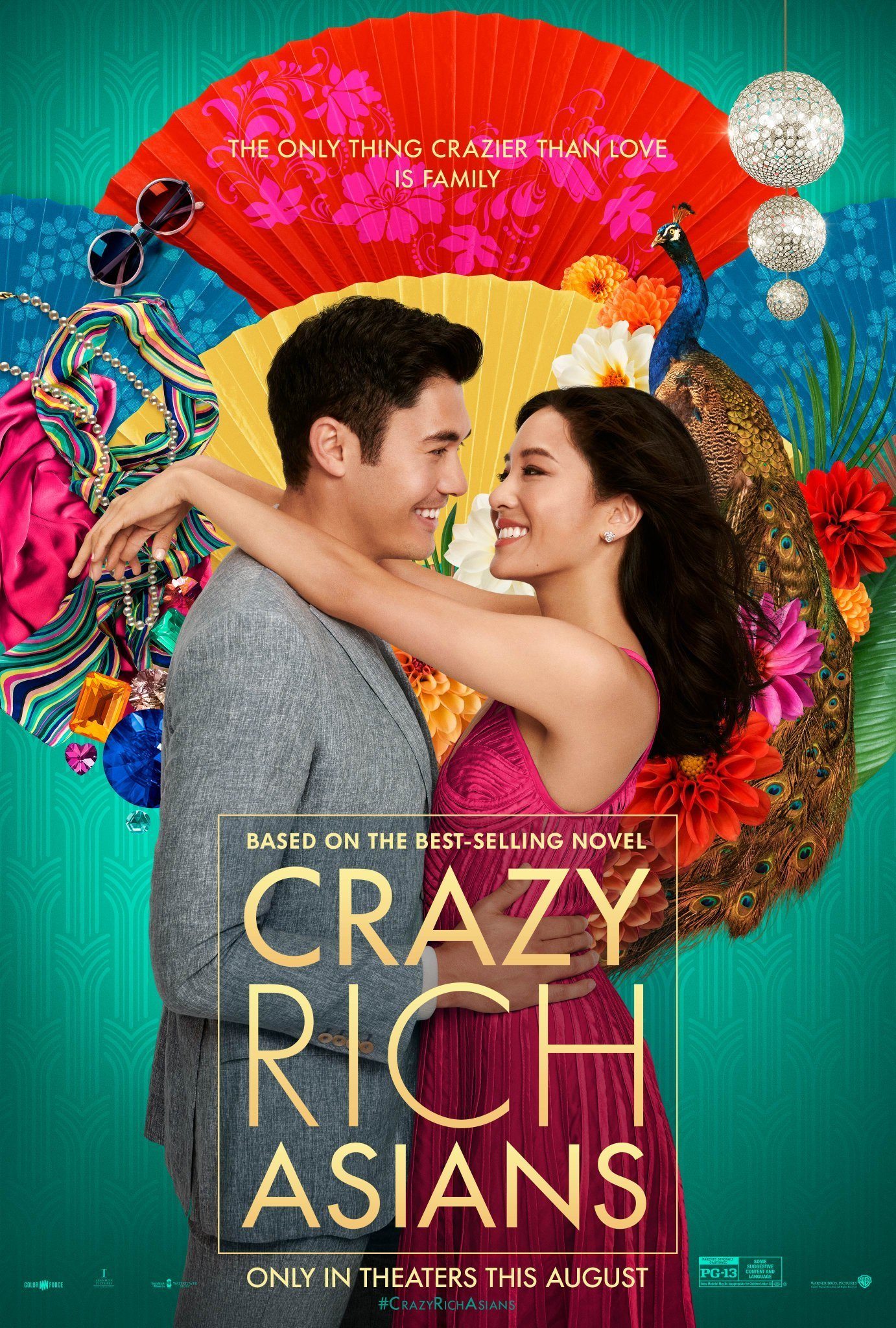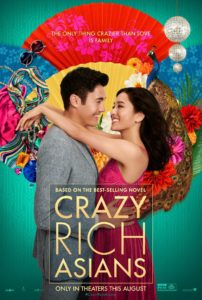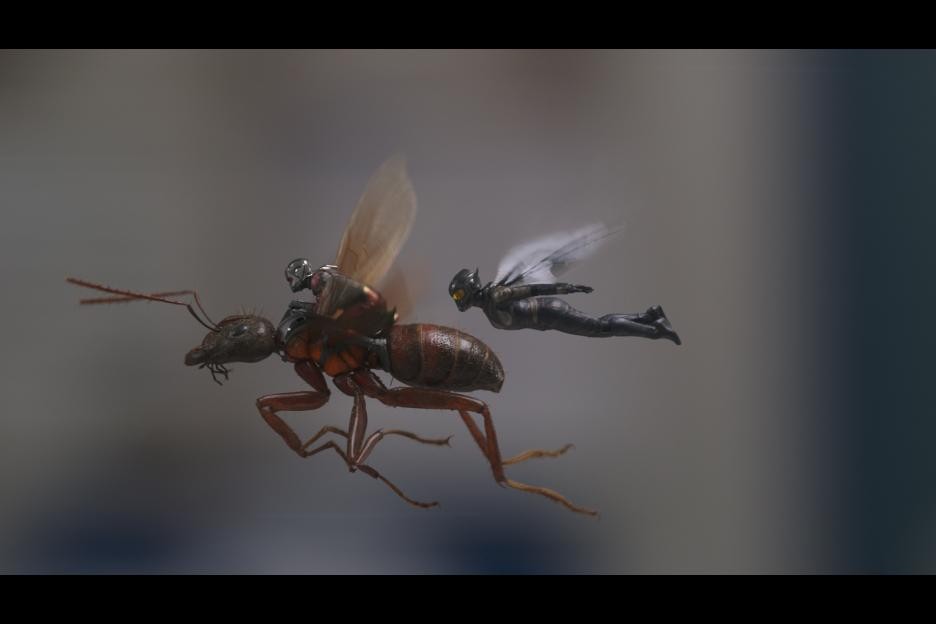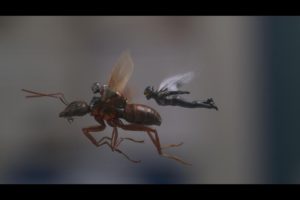Aquaman
Posted on December 20, 2018 at 5:37 pm
B +| Lowest Recommended Age: | Middle School |
| MPAA Rating: | PG-13 for sequences of sci-fi violence and action, and for some language |
| Profanity: | A few bad words |
| Alcohol/ Drugs: | Scene in a bar, some alcohol |
| Violence/ Scariness: | Extended comic book/fantasy peril and violence, chases, explosions, monster, sacrifice/suicide of parent, characters injured and killed, some disturbing images |
| Diversity Issues: | None |
| Date Released to Theaters: | December 21, 2018 |
| Date Released to DVD: | March 26, 2019 |
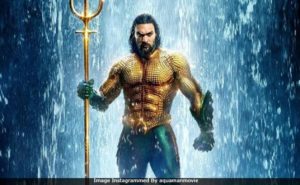
Aquaman is a hoot. In this version of the story, Aquaman is the mixed-race son of a human lighthouse keeper (Temuera Morrison) and an undersea princess (Nicole Kidman) who met when the princess, running away from an arranged marriage, got injured and washed up on the shore. Fortunately, she speaks English, which turns out to be the universal language of all of the undersea kingdoms, who can speak under water as easily and be heard as clearly as though they were on land. See above re laws of physics. Anyway, the human and the underwater princess fall in love and have a much-loved baby named Arthur until her people track her down and she has to go back to protect her husband and child. We will later discover that she returned to the forced marriage, had a son who became heir to the throne, and was killed for having committed the sin of having a “mongrel” child.
Arthur (yes, as in Camelot) grows up with some connection to his undersea heritage, including a Merlin-like guide (Willem Dafoe). He serves as guardian to humans at sea, and early on we see him take on some pirates. One is killed, in part because Arthur refuses to save him, and his son (Yahya Abdul-Mateen II) vows revenge.
Meanwhile, another underwater princess (Amber Heard as Mera) is trying to persuade Arthur to claim the throne. Arthur’s half-brother Orm (Patrick Wilson) is working to unite all of the underwater kingdoms so he can declare war on humans. He has a point — they are upset about all of the poison and junk we keep dumping in the oceans. But we won’t dwell on that because Orm is pretty evil. We know that because he looks like Draco Malfoy and has no sense of humor. And besides, what’s more important is that there is SO MUCH to look at. Each underwater city and population is wildly imaginative and spectacularly gorgeous. If the storyline gets overstuffed, more labors of Hercules than the usual superhero saga (thank you for skipping the origin backstory, by the way), it is a lot of fun, an expert mix of action, adventure, humor, family, and a little romance.
NOTE: Stay for a post-credit scene.
Parents should know that this film includes extended comic-book/fantasy peril and violence with weapons, explosions, spears, knives, suicide sacrifice, monster, characters injured and killed and some disturbing images, along with a few bad words.
Family discussion: What did Arthur understand because of his dual heritage? What made him change his mind about what he thought he wanted?
If you like this, try: the comic books and “The Guardians of the Galaxy”

